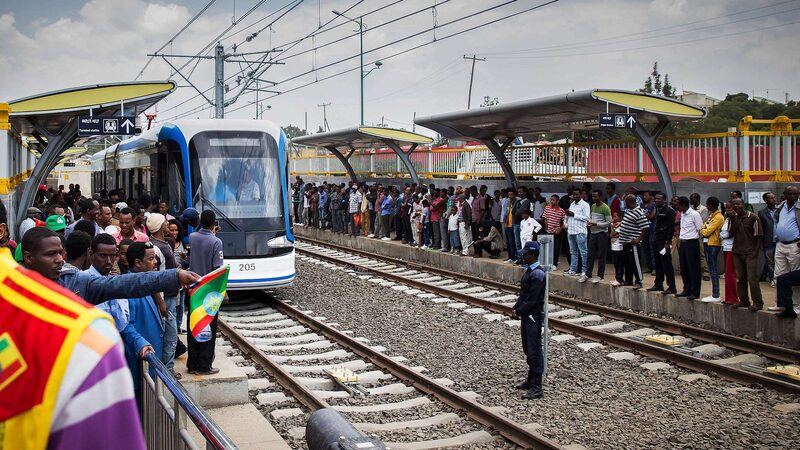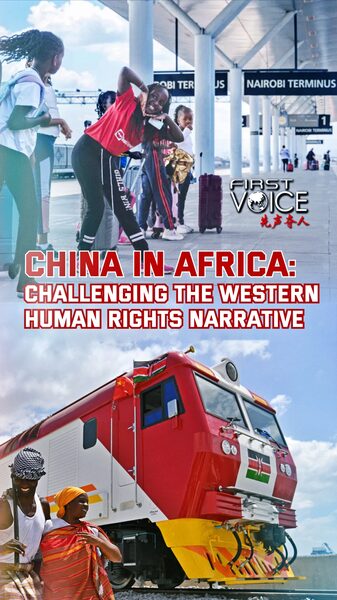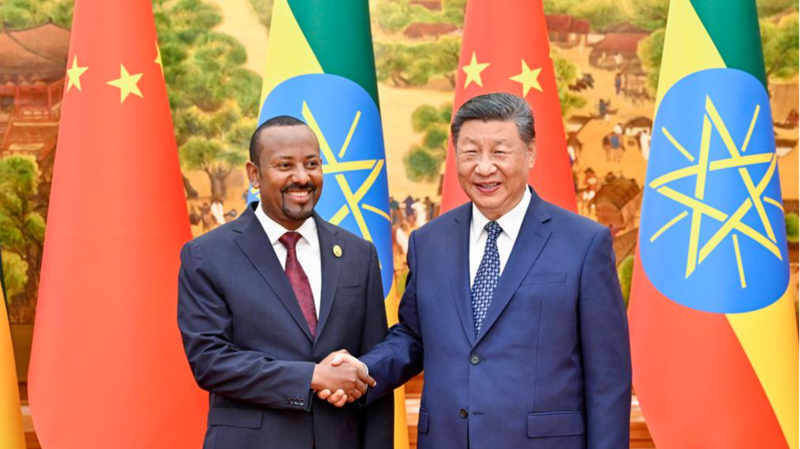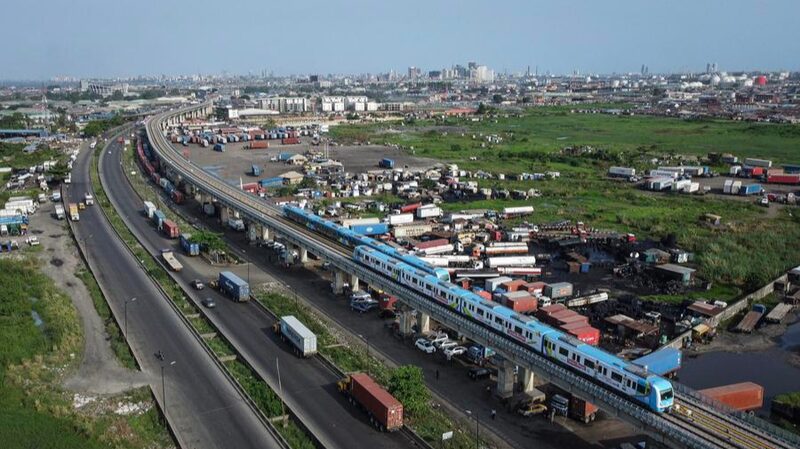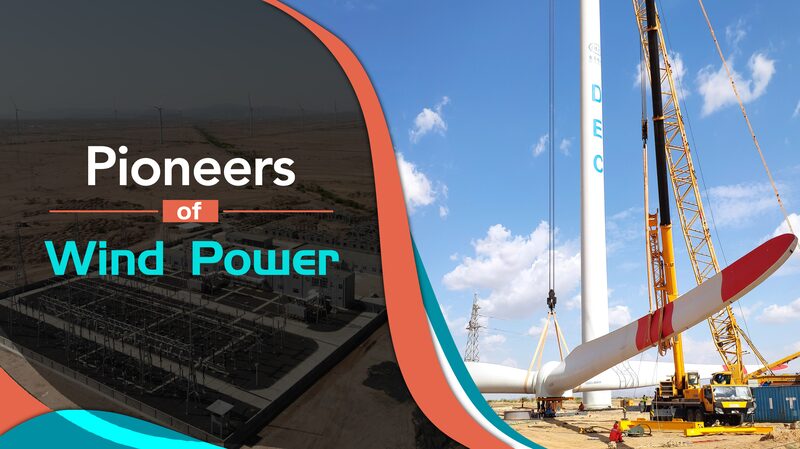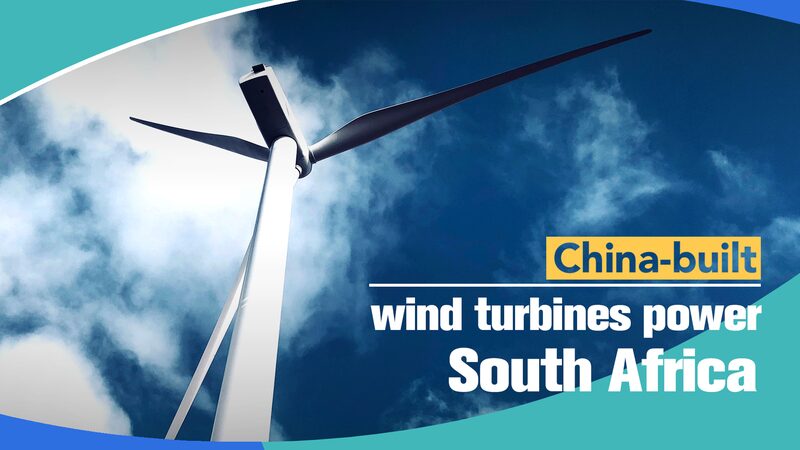In the heart of the East African Rift, 95 kilometers southeast of Addis Ababa, the Adama Wind Power Project stands as a symbol of burgeoning collaboration between China and African nations. Towering with its impressive 80-meter-high white turbines, the project, constructed by Chinese companies, showcases the tangible benefits of Sino-African partnerships.
Since commencing operations in May 2015, these wind turbines have become a vital source of power for approximately 600,000 households in Ethiopia. By alleviating power shortages and reducing reliance on diesel generators, the project has not only supported economic growth but also promoted environmental sustainability. Moreover, it has generated around 2,100 local jobs and fostered educational opportunities by involving several universities in training and maintenance. This hands-on experience is equipping a new generation for future roles in Ethiopia’s burgeoning wind energy sector.
The city of Adama has witnessed significant growth, with its population soaring from 324,000 in 2015 to over 480,000 in 2023. Enhanced infrastructure and increased investments have attracted businesses from various countries, transforming the city’s landscape and accelerating its development. For nearby villagers, improvements in transportation, reliable electricity, and better access to education and healthcare have markedly elevated their quality of life.
Chinese firms are bringing advanced green technology to Ethiopia, assisting the government in meeting its renewable energy goals. This collaboration contributes to a global green transformation and the fight against climate change, highlighting the mutual benefits of China-Africa cooperation.
The friendship between China and African countries dates back to World War II, and recent years have seen enhanced collaboration through initiatives like the Belt and Road Initiative (BRI). From railways and roads to wind farms and power stations, as well as schools and hospitals, China-assisted infrastructure projects are supporting economic development across the continent.
The Addis Ababa-Djibouti railway, a vital transport artery connecting Ethiopia and Djibouti, exemplifies this cooperation. It has significantly reduced travel times and logistics costs while boosting local economic growth. To date, the railway has transported 680,000 passengers and 9.5 million tonnes of cargo, achieving an average annual revenue growth rate of 39 percent.
According to the white paper “China and Africa in the New Era: A Partnership of Equals” released by China’s State Council in 2021, since the establishment of the Forum on China-Africa Cooperation (FOCAC) in 2000, Chinese companies have helped African countries build or upgrade more than 10,000 kilometers of railways, nearly 100,000 kilometers of highways, roughly 1,000 bridges, almost 100 ports, and 66,000 kilometers of power transmission and distribution lines.
As China and African nations convene at the FOCAC summit, both sides are poised to embrace even closer economic and trade ties. The continued partnership promises to drive further development, foster sustainable growth, and strengthen the bonds between the Chinese mainland and Africa.
Reference(s):
China, Africa set to embrace closer economic, trade ties at FOCAC
cgtn.com

